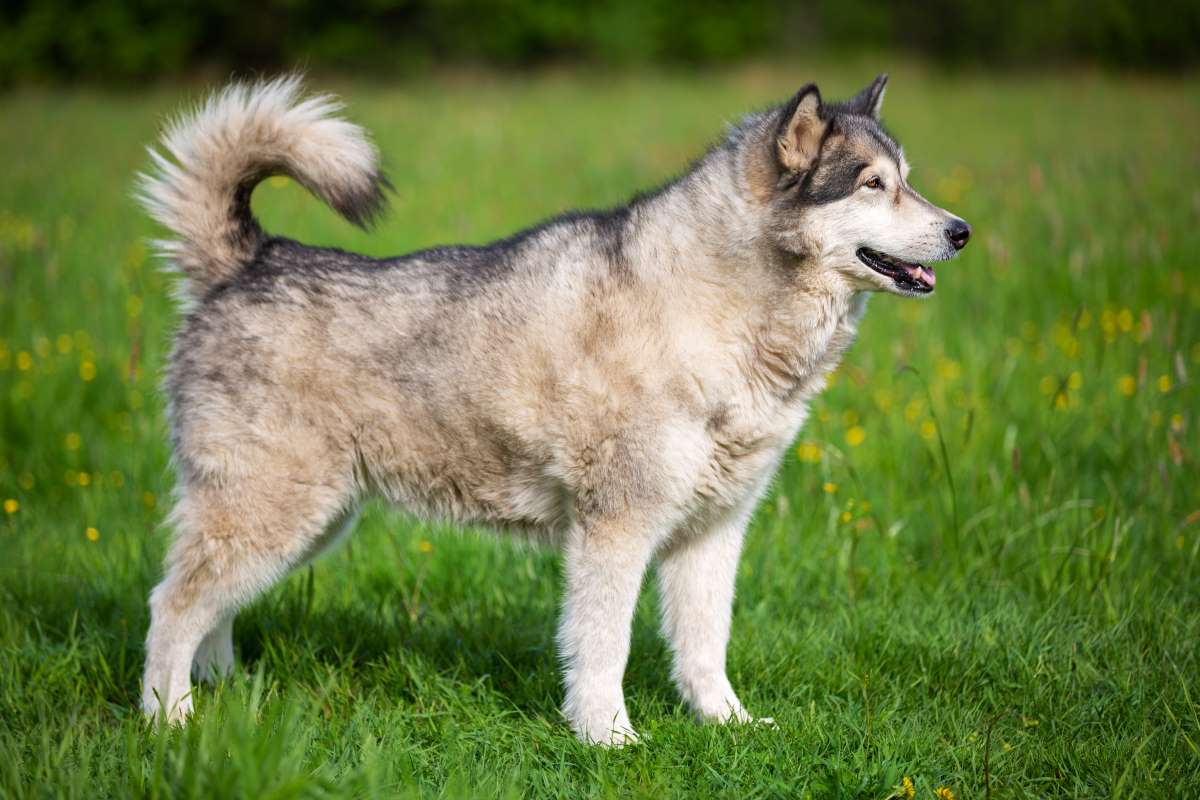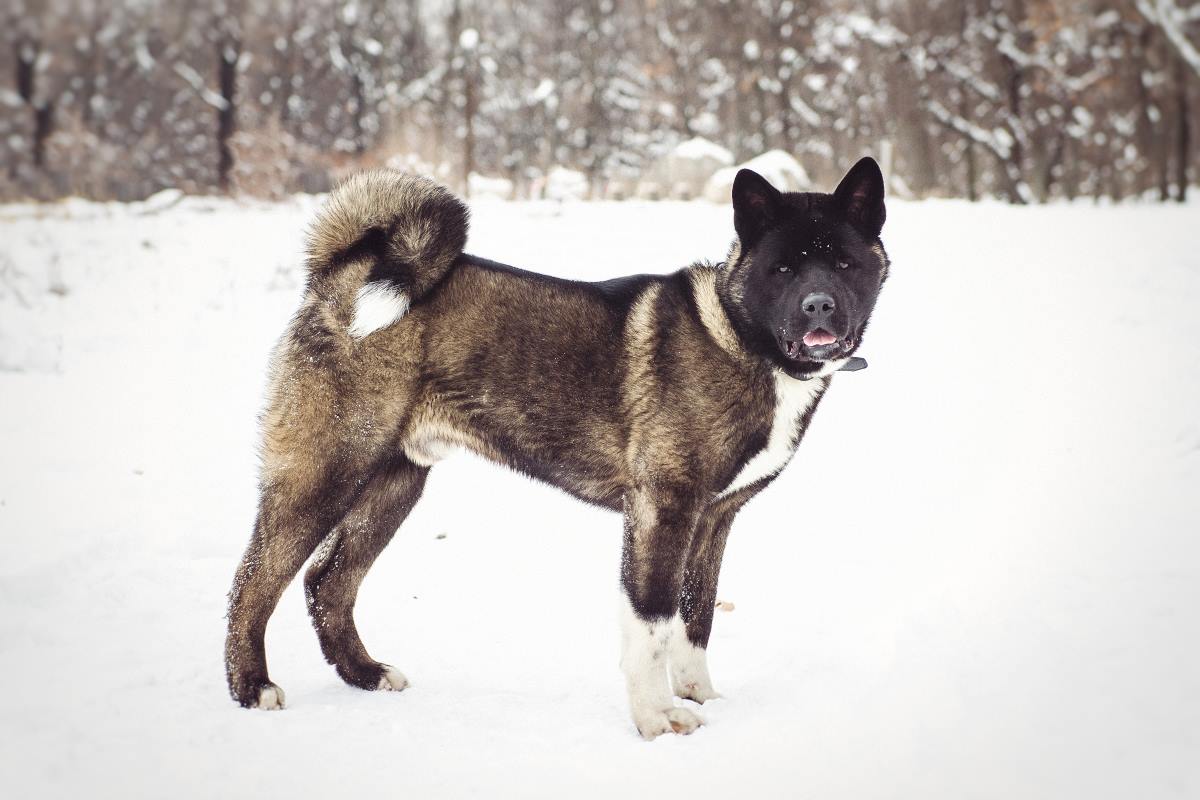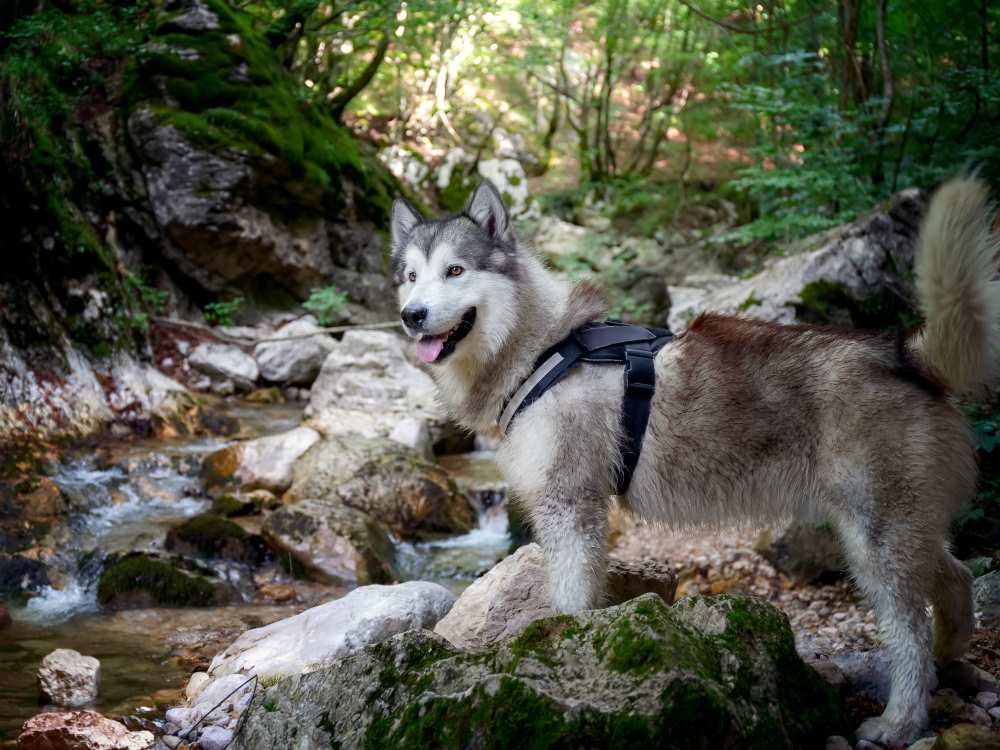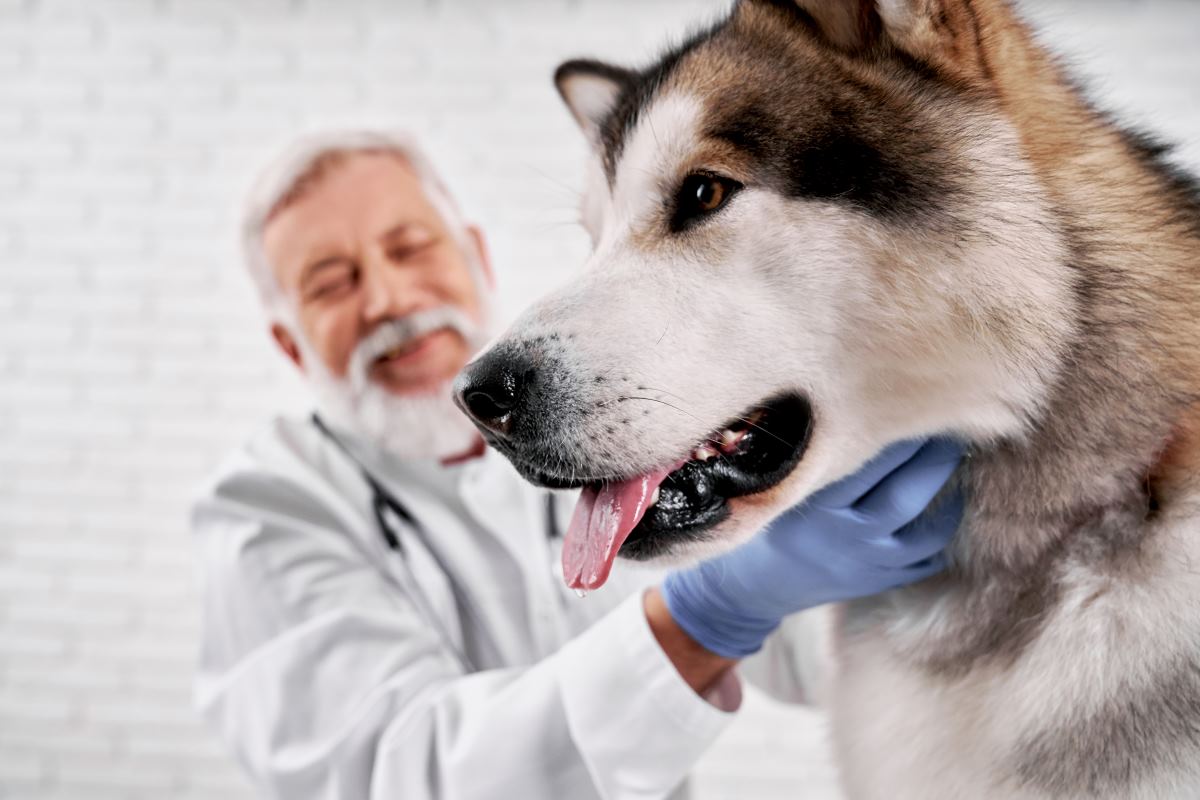Get Pet Insurance for your Cat & Dog

Zero
Documentation
Quick
Claim Process
Affordable
Premium
Terms and conditions apply*
- {{species}}
- {{indoorOutdoor}}
- {{suminsured}}
Alaskan Malamute Dog Breed Characteristics & Information

Alaskan Malamute dogs are truly majestic creatures. Known for their striking appearance, remarkable strength, and unwavering loyalty, they have captivated the hearts of dog enthusiasts and families for generations.
In this article, we will delve into the world of the Alaskan Malamute, exploring their characteristics, care requirements, training methods, and common health problems.
What is the History of Alaskan Malamute Dogs?
Alaskan Malamute dogs, often simply referred to as "Malamutes," are one of the oldest and largest Arctic sledge dog breeds, originating and named after the native Inuit people's dogs in Alaska.
They were also bred as sledge dogs to haul heavy weights in Siberia. These canines were initially bred for their incredible hauling abilities, which made them indispensable during the Gold Rush.
What are the Characteristics of Malamute Dogs?

Malamute dogs are renowned for their unique combination of characteristics that set them apart from other breeds. They are as follows:
- Lifespan: The average lifespan of an Alaskan Malamute dog ranges from 10 to 14 years, provided they receive proper care and attention.
- Height: These dogs are large and powerful, typically standing between 23 to 25 inches at the shoulder for males and slightly less for females.
- Colour: Malamute dogs come in various colours, with the most common being shades of grey, black, seal, sable, and white.
- Weight: Males typically weigh between 38 to 45 kg, while females weigh slightly less, ranging from 34 to 38 kg.
- Behaviour: Alaskan Malamute dogs are known for their affectionate nature. Children and other pets can safely be near Alaskan Malamutes.
- Living Conditions: Malamute dogs are well-suited for cold climates. While they can adapt to various environments, they thrive in cooler regions.
- Coat: Malamute dogs have a dense double coat that provides insulation in cold weather.
- Breed Group: Malamute dogs are classified as working dogs. They belong to the Working Group, which includes dogs bred for guarding, and herding.
- Barking: Alaskan Malamutes are calm dogs who don't bark much. Also, they could howl, particularly if they're bored or lonely.
- Temperament: Alaskan Malamute are very smart and will protect their owners. They are independent, strong-willed, energetic, sociable, and playful.
How to Train Malamute Dogs?

Training Malamute dogs can be a rewarding experience, but it requires patience and consistency. Here is how to train a Malamute
- Start Indoors: Begin training in a quiet, distraction-free environment to help your Malamute dog focus on your commands.
- Use Positive Reinforcement: Malamute dogs respond well to positive reinforcement techniques like treats, praise, and affection.
- Short Sessions: Keep training sessions short to prevent boredom or frustration. Brief sessions are more effective than long, monotonous ones.
- End on a High Note: Finish each training session with a positive experience to leave your Malamute dog feeling accomplished.
- Basic Commands: Teach essential commands like sit, stay and come. These commands are crucial for ensuring their safety and your control.
- Use Crates: Crate training can be beneficial, providing a safe and comfortable space for your Malamute dog. It can also aid in housetraining.
- Outdoor Activities: Malamutes can excel in activities such as hiking, sledging, and carting as they are very powerful and help them release energy.
- Sandbox Digging: To prevent your Malamute from digging up your garden, provide them with a designated digging area, like a sandbox.
What are the Health Problems in Alaskan Malamute Dogs?

Malamutes are generally healthy dogs, but like all breeds, they are prone to certain health issues. Here are six common health problems:
- Day Blindness: It is also known as Inherited Retinal Disease, and leads to dogs experiencing difficulty with their vision in bright light. Referred to as cone degeneration, this hereditary issue is prevalent among Malamutes.
- Cataracts: Malamutes can develop cataracts, a clouding of the eye's lens, leading to impaired vision. In severe cases, surgery may be necessary to restore sight.
- Hip Dysplasia: This is a common issue in larger breeds, including Malamutes. It can lead to arthritis and pain, but early detection and appropriate management can improve your dog's quality of life.
- Degenerative Polyneuropathy: Degenerative polyneuropathy results from the deterioration of the spinal cord and may cause genetic-related progressive paralysis in Alaskan Malamute dogs. It can manifest as coordination issues, trouble rising, and stumbling during daily tasks.
- Thrombopathia: A blood clotting disorder that can lead to excessive bleeding. Careful management and monitoring are essential for your Alaskan Malamute dog with this condition.
- Hypothyroidism: Malamutes can develop an underactive thyroid gland, which can lead to weight gain, lethargy, and skin issues. This condition can typically be managed with medication.
How to Take Care of Alaskan Malamute Dogs?
To ensure the well-being of your Alaskan Malamute dogs, you must provide them with proper care, addressing their specific needs. Here's a guide to keeping Malamutes healthy:
- Diet and Nutrition: In the diet of Alaskan Malamute dogs, it's essential to include meat, bone, offal, and a modest portion of plant-based elements, as they contribute valuable vitamins and minerals to their meals.
- Feeding: While pups should be fed three meals a day, adult Alaskan Malamutes should only be fed two meals each day. Owners should avoid overfeeding, as it may lead to stomach issues.
- Grooming: Their thick double coat requires regular brushing to prevent excessive shedding, especially during seasonal changes. Bathing should be done weekly, as their coat's natural oils are essential for insulation.
- Exercise: Alaskan Malamutes are active dogs that need daily exercise to stay healthy and happy. Engage them in activities such as brisk walks or even weight-pulling to satisfy their physical and mental needs.
- Dental Care: Dental hygiene is crucial for all dogs. Brush your Malamute's teeth three times a week and provide them with appropriate dental chews or toys to maintain good oral health.
- Ear Care: Check their ears for signs of infection or irritation. Clean them weekly with ear cleaner and cotton ball as needed to prevent wax buildup and potential issues.
- Avoiding Hot Climates: Malamute dogs are not well-suited for hot and humid climates. Keep them cool and hydrated during warm weather, and avoid strenuous activities in high temperatures.
Alaskan Malamute stands as a testament to the enduring relationship between humans and dogs. Remember that Malamute dogs thrive when they receive the attention, exercise, and care that they need.
With dedication and the right approach, they can become cherished members of your family, sharing their strength, loyalty, and boundless affection for years to come.












